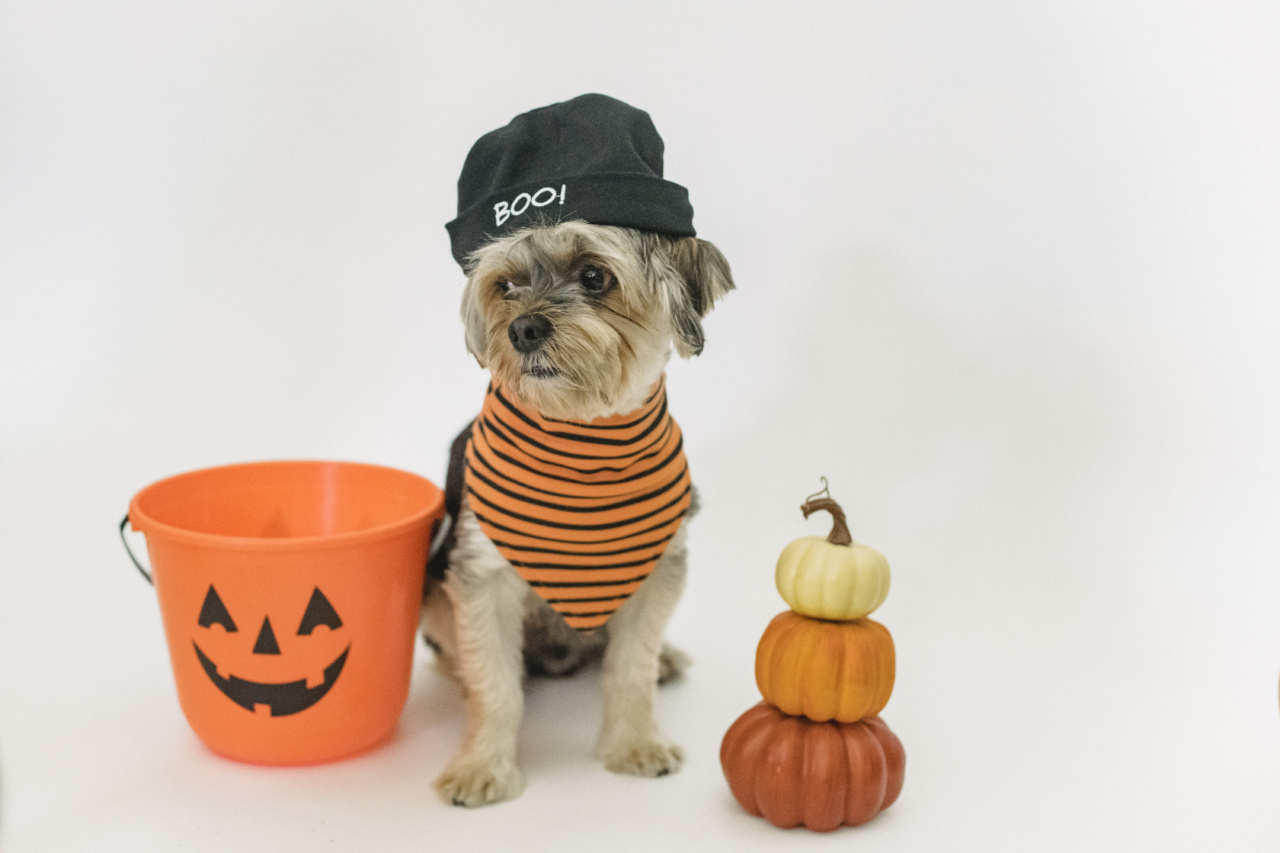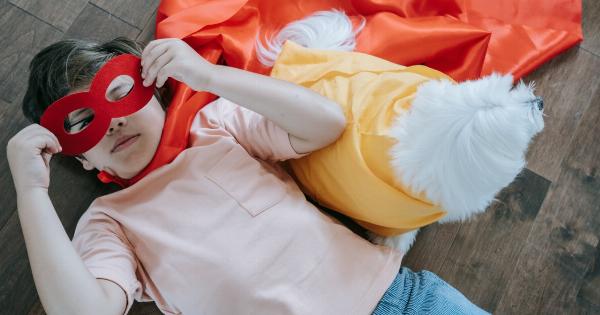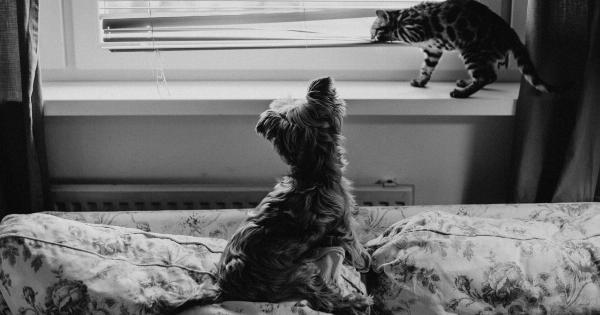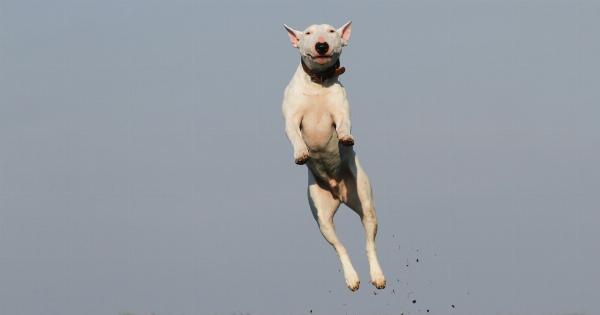Halloween is a festive time of year when people of all ages dress up in costumes and enjoy various activities.
However, there has been an ongoing debate about whether or not dressing up pets, specifically dogs, in costumes for Halloween is a form of animal cruelty. This article aims to explore both sides of the argument and provide a comprehensive analysis of the ethical considerations surrounding this practice.
The Definition of Animal Cruelty
Animal cruelty is generally defined as any deliberate act causing harm, pain, or suffering to an animal. It can include physical abuse, neglect, confinement in inappropriate conditions, or subjecting animals to harmful situations.
When discussing whether wearing a dog on Halloween is considered animal cruelty, it is essential to assess whether it falls within these parameters.
The Argument Against Dressing Up Dogs
Those opposed to dressing up dogs for Halloween argue that it can cause stress, anxiety, and discomfort for the animals. Dogs have a natural need for freedom of movement and may find costumes restrictive or uncomfortable.
Furthermore, certain dog breeds have specific needs related to their body structure and respiratory system, and ill-fitting costumes can exacerbate these issues.
Additionally, dogs may perceive costumes as a threat or an unfamiliar object, leading to increased stress levels. Some may react by trying to remove the costume through scratching, biting, or other destructive behaviors, which can result in injuries.
Furthermore, costumes may obstruct the dog’s vision or impair their ability to communicate nonverbally, potentially leading to misunderstandings or even accidents.
Furthermore, in some cases, dogs may be subjected to excessive grooming or the application of makeup or dyes as part of their Halloween costume.
These practices can cause skin irritations, allergic reactions, or other health issues, further supporting the argument against dressing up dogs for Halloween.
The Argument in Favor of Dressing Up Dogs
Proponents of dressing up dogs for Halloween argue that it is a harmless practice if done responsibly and with the dog’s well-being in mind.
They believe that as long as the costume is comfortable, properly sized, and does not restrict the dog’s movement, it can be an enjoyable and engaging experience for both the dog and their human companions.
Supporters also argue that costumes can have a positive impact on dogs’ socialization and behavior. When dogs are dressed up, they often receive attention and interaction from people in their community.
This exposure can help dogs become more comfortable around strangers, children, and other animals, ultimately benefiting their overall social skills.
Some proponents also claim that dogs enjoy the attention and extra playfulness that comes with wearing a costume.
Dogs are pack animals and thrive on being part of a group, so participating in the festive spirit of Halloween can contribute to their well-being and overall happiness.
Responsible Costume Choices
For those who choose to dress up their dogs for Halloween, certain guidelines should be followed to ensure the well-being of the animals:.
1. Proper fit: The costume should fit comfortably without restricting movement, breathing, or vision. It is essential to choose a costume specifically designed for dogs, taking into account their individual size and breed characteristics.
2. Acclimation: Dogs should have a chance to become familiar with the costume before wearing it for an extended period. Introduce the costume gradually, allowing them to sniff and inspect it, rewarding them with treats and praise throughout the process.
3. Monitoring: When a dog is wearing a costume, continuous monitoring is necessary to ensure that they are not exhibiting signs of stress, discomfort, or distress. Be attentive to any behavioral changes and be prepared to remove the costume if needed.
4. Safety considerations: Avoid costumes with small parts that can be chewed or swallowed. Ensure that dogs are always supervised while in costume to prevent accidents or injuries.
If taking a costumed dog outdoors, use a leash that is securely attached to a properly fitting harness or collar.
Alternatives to Costumes
For those who are concerned about the potential risks and stress that costumes may impose on dogs, there are alternative ways to include them in the Halloween spirit:.
1. Halloween-themed accessories: Instead of full costumes, consider using Halloween-themed bandanas, collars, or leashes.
These accessories allow the dog to join in the festivities without the potential discomfort or restrictions associated with costumes.
2. Themed photo shoots: Dressing up dogs briefly for a festive photo shoot can be an enjoyable and safe alternative to wearing a costume for an extended period.
Many photographers offer Halloween-themed pet photo sessions that capture the spirit of the holiday without compromising the well-being of the animal.
3. Halloween-themed activities: Engage dogs in Halloween-themed activities such as bobbing for apples, pumpkin carving, or playing with Halloween-themed toys.
These activities can provide mental stimulation and physical exercise while incorporating the spirit of Halloween.
The Importance of Consent
One crucial aspect that often gets overlooked in the discussion of dressing up dogs for Halloween is the issue of consent.
Dogs cannot provide informed consent as humans can, so it becomes the responsibility of their human caretakers to prioritize their well-being and monitor their comfort levels.
Before dressing up a dog, it is vital to consider their individual temperament, behavior patterns, and physical condition. Some dogs may be more sensitive or prone to stress, while others may exhibit a higher tolerance for wearing costumes.
It is essential to respect their boundaries and not force them into uncomfortable situations for the sake of human enjoyment.
Conclusion
The question of whether dressing up dogs on Halloween is considered animal cruelty lacks a definitive answer.
While some argue that it can cause stress and discomfort, others believe it can be a harmless and enjoyable experience if approached responsibly.
Ultimately, the well-being of the dog should always be the top priority. Costumes should fit properly, not restrict movement or breathing, and owners should be attentive to any signs of distress or discomfort.
Alternatives, such as Halloween-themed accessories or photo shoots, can also be considered to include dogs in the festive spirit without the potential risks associated with costumes.
By considering the individual needs and preferences of each dog, respecting their boundaries, and prioritizing their well-being, dog owners can make informed decisions about whether or not to dress up their pets for Halloween.






























